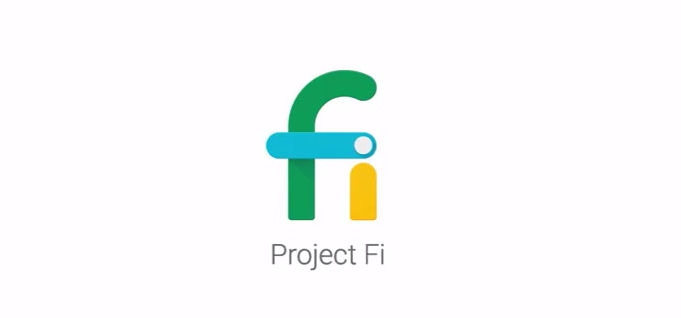As extensively rumoured Google has finally unveiled its MVNO play, called Project Fi. The name appears to be derived from a heavy emphasis on switching between wifi and mobile depending on which offers the best coverage at a given location.
April 23, 2015

As extensively rumoured Google has finally unveiled its MVNO play, called Project Fi. The name appears to be derived from a heavy emphasis on switching between wifi and mobile depending on which offers the best coverage at a given location. This is driven by new technology Google claims to have developed itself.
A key feature of this technology is the ability to dynamically hand over voice calls between wifi and cellular, something that has previously been considered very difficult to do. Since wifi calls use IP, one of the simplest solutions to hand over to LTE, which also uses IP. But VoLTE (voice over LTE) has plenty of its own technical challenges and as a consequence is not yet a feature of many LTE networks, which still use 3G for voice calls.
Project Fi is currently only available for users of the Nexus 6 handset in the US, with Sprint and T-Mobile US confirmed as the underlying networks. “On your Nexus 6, if you start a call over Wi-Fi and then your connection weakens or drops (such as when you leave your home or office), Project Fi seamlessly transitions your call to a cellular network (if one is available) so you can keep talking,” says the Project Fi FAQ.
But there is no mention in any of the Project Fi literature of VoLTE and at time of publication Google had yet to respond to our questions on the matter, so for the time being the technical details of how Google has achieved this feat remain a mystery.
A blog post from TMUS CEO John Legere did little to clarify the matter. “One of the coolest things about Project Fi − IMHO − is Google’s new technology that allows them to move customers between Wi-Fi and cellular partner networks based on the network that’s the fastest at any given time,” he blogged.
“And, while Project Fi may not include all of T-Mobile’s latest network innovations – like HD Voice or next-gen Wi-Fi Calling for seamless handoffs between LTE and Wi-Fi – we’ve worked with Google so they can offer up international roaming in over 100 countries and destinations, and we’ve shared the Un-carrier playbook for providing industry-leading customer service in wireless.”
Other than all this network switching cleverness, the other key feature Google is keen to flag up about Project Fi is “…a fresh approach to how you pay for wireless, manage your service, and get in touch when you need help.”
You pay $20 per month for voice, etc, including roaming in 120+ countries, then $10 per GB of cellular data, which includes roaming. You pay up-front for your data but Google refunds you a dollar for every 100MB you don’t use.
Google is positioning Project Fi as a kind of Nexus programme for networks, enabling it to better understand how all this stuff works and experiment with doing things differently. The inference that it has little commercial ambition could be true, or it could be designed to placate Verizon and AT&T, who are likely to be somewhat intimidated by this move.
About the Author(s)
You May Also Like








.png?width=300&auto=webp&quality=80&disable=upscale)


_1.jpg?width=300&auto=webp&quality=80&disable=upscale)


.png?width=800&auto=webp&quality=80&disable=upscale)